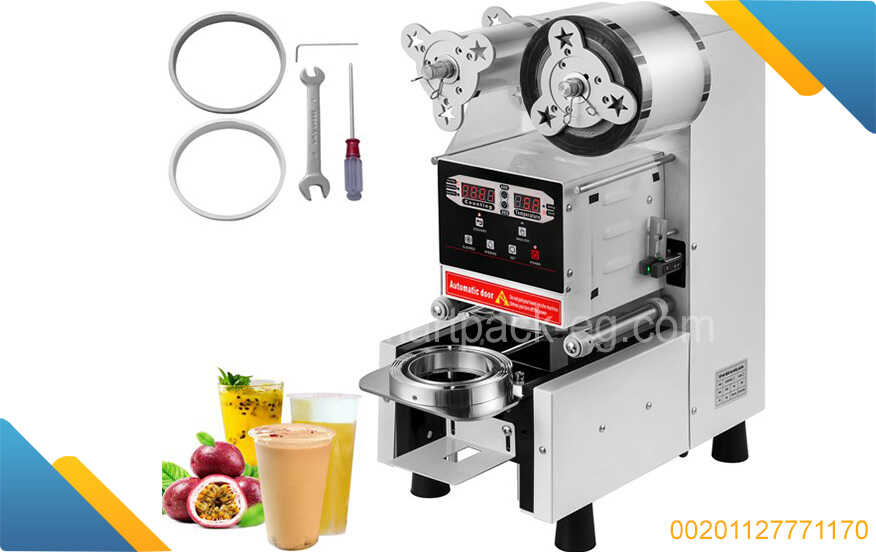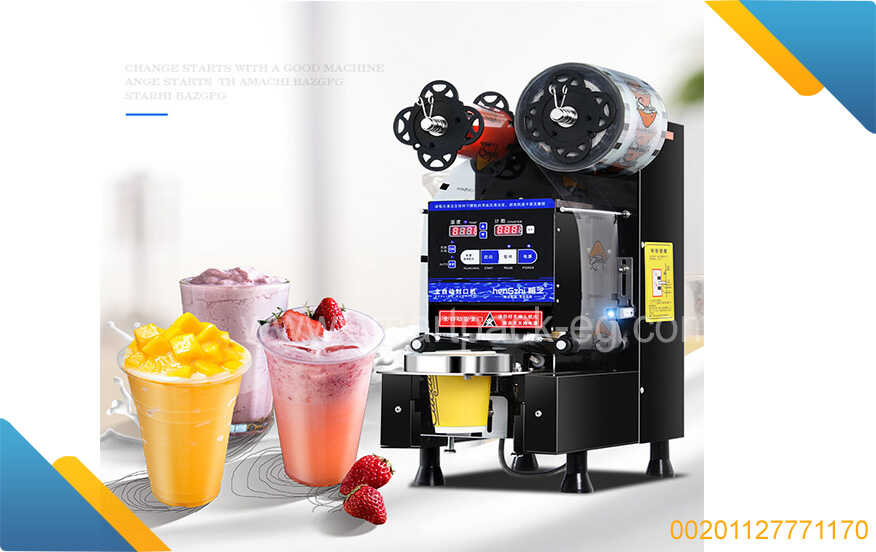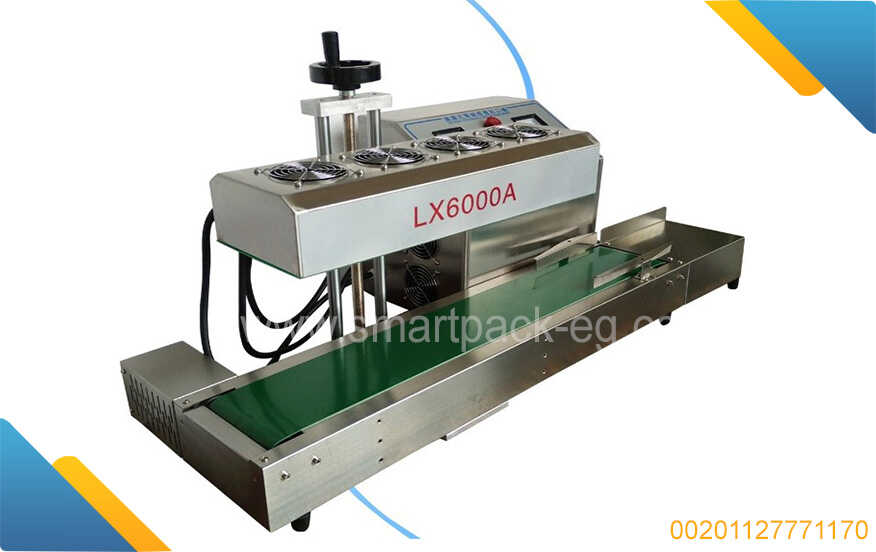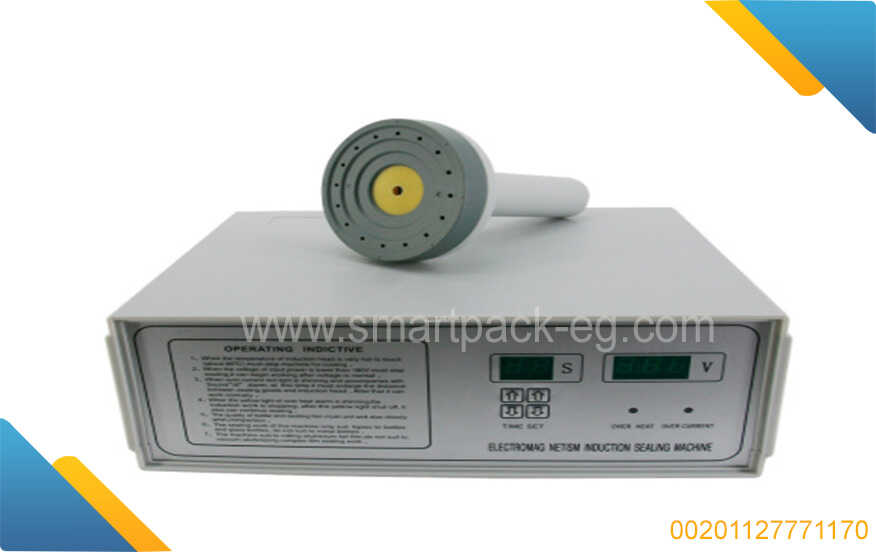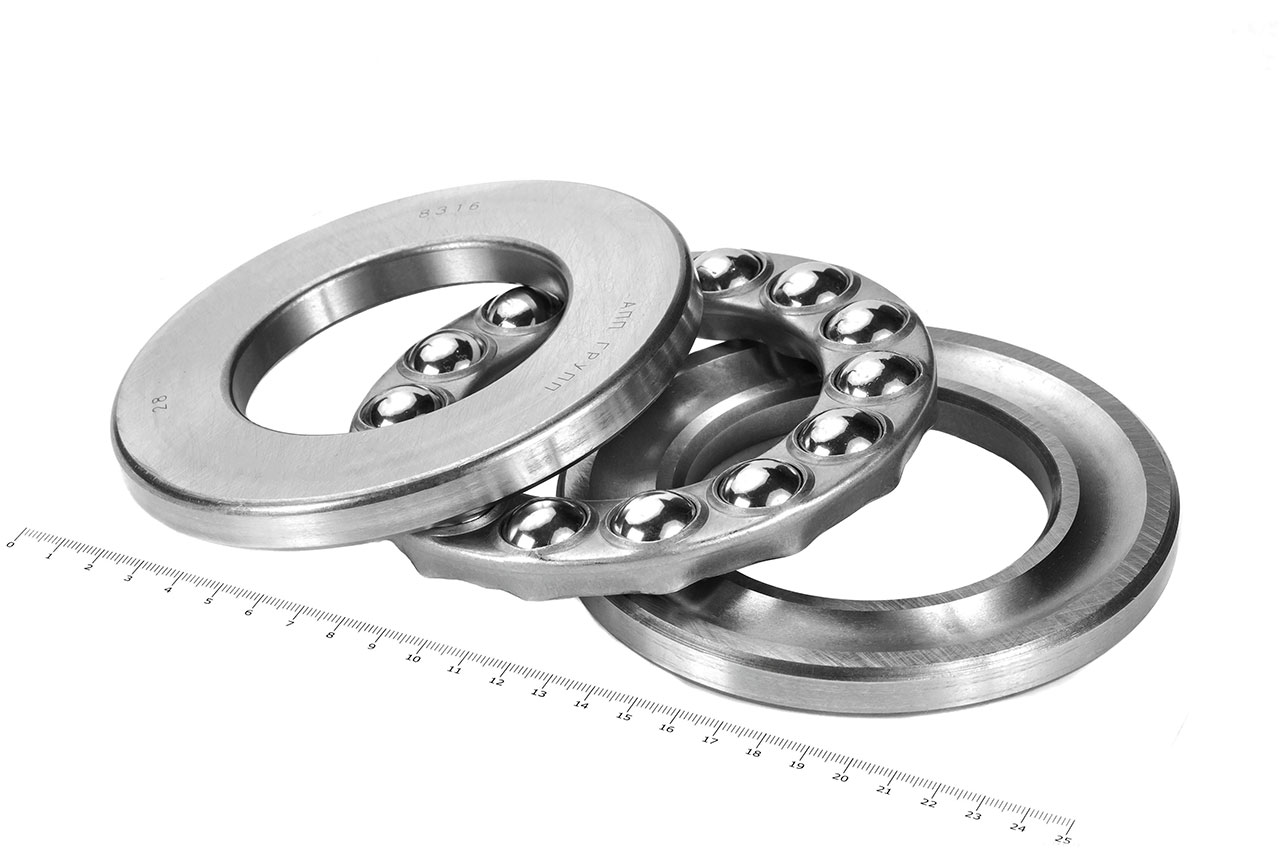Title: A Comprehensive Guide on Navigating a Bearing Catalog PDF
Introduction:
A bearing catalog PDF is an invaluable resource for engineers, maintenance professionals, and industry enthusiasts to explore and select the ideal bearings for their applications. However, these catalogs can be extensive and overwhelming without a clear understanding of how to navigate them efficiently. This guide aims to provide step-by-step instructions on how to effectively utilize a bearing catalog PDF, enabling you to find the perfect bearing for your requirements.
Step 1: Downloading the Bearing Catalog PDF:
- Visit the website of the bearing manufacturer or distributor.
- Locate the "Product Catalog" or "Resources" section.
- Look for the specific type of bearing catalog you need, such as "Ball Bearings," "Roller Bearings," or "Thrust Bearings."
- Click on the appropriate link to download the catalog PDF file.
Step 2: Familiarizing Yourself with the Catalog Structure:
- Open the PDF file using a reliable PDF viewer or reader.
- Take a few moments to explore the table of contents, which is generally found at the beginning of the document.
- Use the table of contents to gain an overview of the catalog's sections and chapters.
- Each section usually corresponds to a specific type of bearing or product category.
Step 3: Navigating the Catalog:
- Identify the sections or chapters that contain the type of bearing you require.
- Click on the appropriate section to jump to the specific product category.
- Within each section, you will find subcategories or series of bearings. These can include different sizes, load capacities, or materials used.
- Browse through the subcategories to find the one that matches your application needs.
Step 4: Retrieving Bearing Information:
- Once you have identified the desired subcategory, locate the relevant product pages.
- These product pages will contain detailed information about the bearing, including dimensions, load ratings, operating temperatures, and other technical specifications.
- Study this information carefully to ensure compatibility with your application requirements.
- Make note of any special design features, certifications, or recommended operating conditions.
Step 5: Application Considerations:
- Consider your specific application requirements, such as load capacity, rotational speed, and environmental conditions.
- Use the information in the catalog to evaluate the suitability of each bearing option.
- Pay attention to any recommendations provided by the manufacturer for specific applications or industries.
- Compare multiple bearing options and select the most suitable one that meets your needs and budget.
Step 6: Additional Support:
- If you require further assistance or have specific questions, refer to the contact information provided by the manufacturer or distributor.
- Reach out to their technical support team for more detailed guidance or customized recommendations.
- Explore the manufacturer's website for additional resources, such as technical articles, videos, or live chat support, to enhance your understanding of the bearing selection process.
Conclusion:
By following this comprehensive guide, you will be able to navigate a bearing catalog PDF with ease and confidence. Familiarizing yourself with the catalog's structure, retrieving relevant bearing information, and considering application requirements will enable you to identify the ideal bearing for your needs. Always remember that manufacturers' technical support teams are available to provide additional guidance and support.

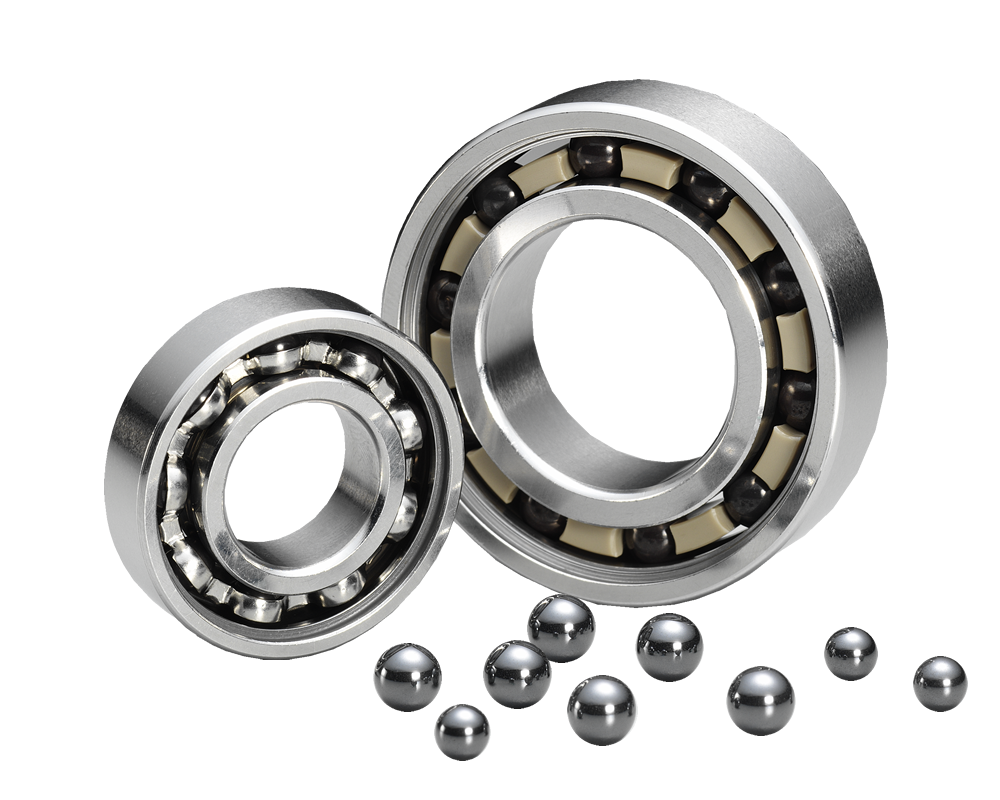
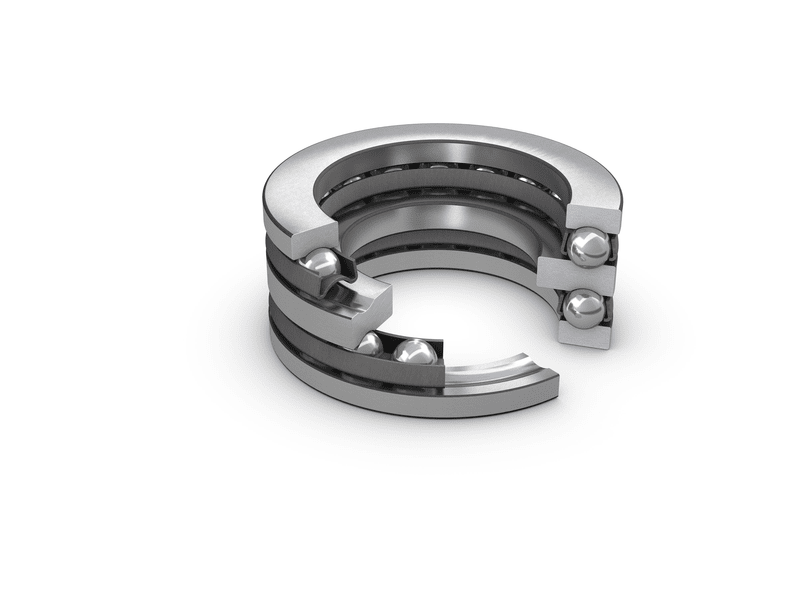
 Admin
Admin 